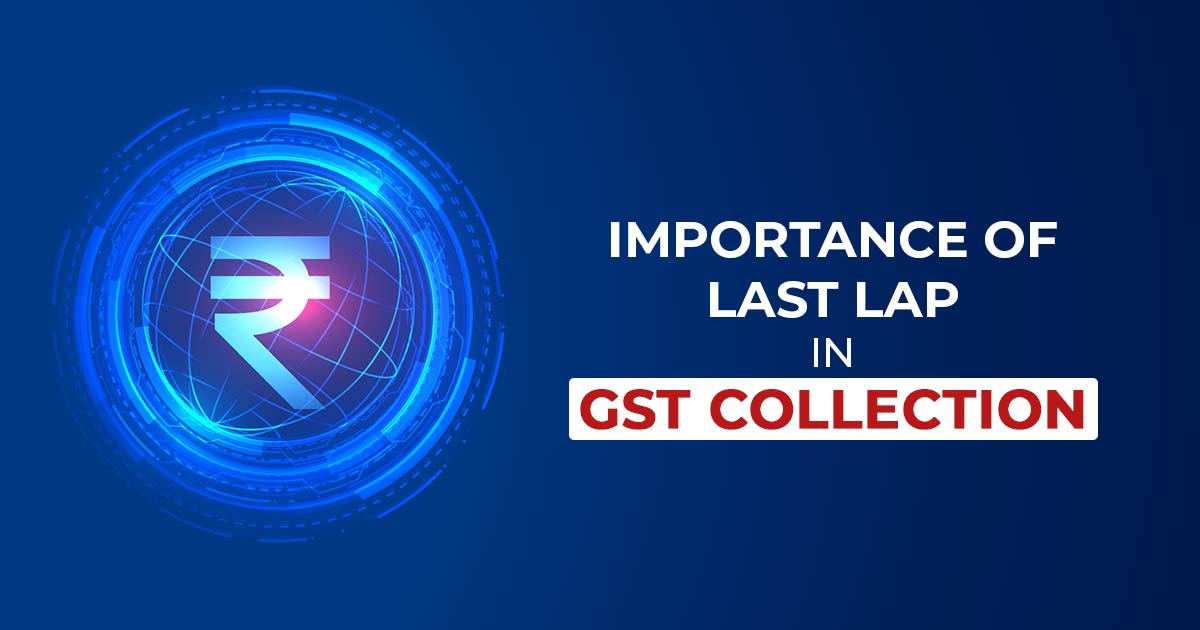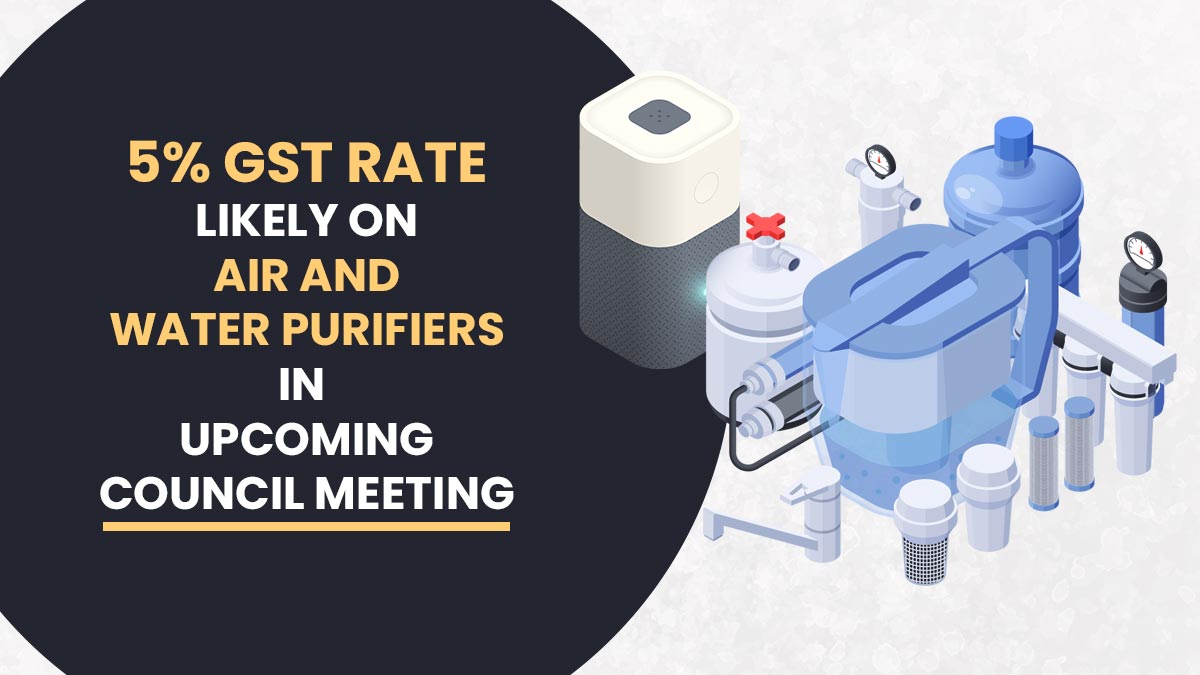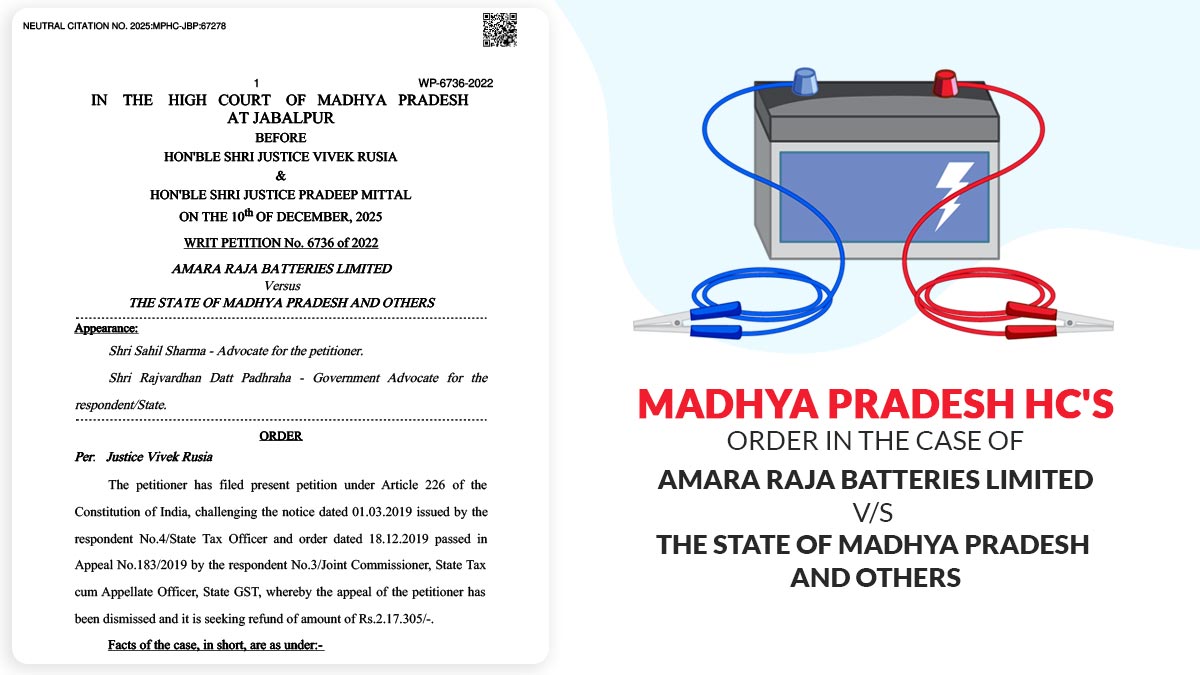
The revenue shall continue to surge from the Goods and services tax (GST) for October 2023 the revenue collection at Rs 1,72,003 cr was the second highest subsequent to April 2023. Rs 1.66 lakh cr is the average gross monthly GST collection in the FY 2023-24 till October.
When the average monthly collections exceed for the subsequent five months of the identical fiscal year are similar then we seek for the additional Rs 8.3 lakh cr. At a minimum of Rs 19.92 lakh cr, we need to close the year, more than the amended budget target for GST, one expert said.
GST performance has indeed influenced direct taxes. In the fiscal year 2023-24, direct tax collections reached ₹12.37 crore by November 9, marking a significant 17.59% increase compared to the previous year. Corporate Income Tax showed a growth of 7.13%, while Personal Income Tax surged impressively by 28.29%. This upward trajectory speaks volumes about the effective collaboration between the Boards of Indirect Taxes and Direct Taxes, showing tangible results.
GST Revenue Restful Position
The fiscal performance in the initial half of the financial year indicates a reasonably comfortable position, despite facing various challenges. During the first six months of FY 2023-24, gross GST tax collections have surged by 16.3% compared to the corresponding period last year.
Customs revenue has notably escalated by 25.4% in this period. However, there’s been a shortfall in excise duty collections, primarily due to the excise duty reduction on petrol and diesel, as well as the decrease in special excise duty on crude.
Furthermore, the RBI reported a surplus of ₹87,416 crore, surpassing the budgeted amount of ₹48,000 crore for the dividend/surplus transfer from the RBI, nationalized banks, and financial institutions.
Increase in GST Revenue and Capital Expenditure
In the initial half, there was a 10% increase in revenue expenditure compared to the same period the previous year. Although there’s been a rise in spending on debt servicing, defence, and fertilizers, there’s been a decrease in allocations for food and public distribution, transfers to states, agriculture, and school and higher education.
On the other hand, capital expenditure (capex) has seen robust growth, surging by 48% compared to the previous year. Major areas of capex expenditure include roads, transportation and infrastructure, railways, defence, telecommunications, housing, and urban affairs.
GST Credit Uptake Continues to Grow
Credit offtake maintains its upward trajectory, marking a 20.4% year-on-year increase, while deposits have also surged by 13.5% year-on-year. Inflation has shown a decline, hitting a four-month low of 4.9% in October. States have allocated substantial budgets for capital expenditure, signalling potential positive outcomes, though we’ll have to observe how this unfolds. Overall, these developments bode well for the economic landscape.
What are the Difficulties in the Next Upcoming Months?
However, looking ahead, the upcoming months of this fiscal year are anticipated to present challenges. The fiscal deficit has risen to ₹7 lakh crore, standing at 39.3% of the budget estimate. With elections looming, expenditure and the deficit are likely to surge further. Notably, the first half of FY 2023-24 witnessed a total subsidy bill of ₹2.1 lakh crore, the highest in the past four years.
To meet the government’s fiscal deficit target of 5.9%, stringent control is imperative. According to CMIE’s data, there has been a significant slowdown in the initiation of new projects in the first half of 2023-24.
Important: GST Collection Gets 1.72 Lakh Cr in Oct, 2nd Highest Month in 2023
Notably, the minimal activity observed largely revolved around Air India and Indigo’s aircraft purchase plans. Disinvestment efforts continue to lag; achieving only ₹6949 crore, which is 13.6% of the budgeted target in the first half of FY 2023-24. Speculations indicate potential delays in significant disinvestment plans involving IDBI Bank and Shipping Corporation of India.
Moreover, the outlook for the Kharif harvest isn’t reassuring, and low reservoir levels in major agricultural states are expected to impact Rabi sowing. Industrial growth, as reflected in the Index of Industrial Production (IIP), has notably slowed to 5.8% in September from 10.8% in August.
Both the manufacturing and electricity sectors have experienced a significant sequential deceleration. Rural demand is also showing signs of decline, with tractor sales contracting for the seventh consecutive month.
By 10% rural joblessness has risen which is the highest level witnessed in a long time. The merchandise trade deficit has risen to a record high of US$ 31.46 billion. The exports have been increased on a low base. Also, there is a rise in imports which is led by gold, electronic goods, and crude. Against US$ 29.37 billion in September, the services exports have fallen to US$ 28.70 billion.
A War B/W the Ukraine and the Hamas-Israel
The slow global demand remains a problem. Uncertainties have taken place due to the continuing war in Ukraine and the Hamas-Israel war. Foreign Portfolio Investment outflows persist, surpassing ₹10,000 crore in September. The International Monetary Fund (IMF) forecasts India’s GDP growth at 6.3%, whereas the RBI predicts it at 6.5%. Rating agencies anticipate the growth to range from 6.5% to a possible 7%.
There have been suggestions that India has reached a $4 trillion economy mark. Achieving this would necessitate a 10% growth rate, which is currently not the case. However, this could potentially happen by 2024-25 if several favourable factors align.
Moreover, the nation must prioritize matters within its control, notably creating a favourable business environment. Concerns have surfaced regarding the issuance of seemingly ‘indiscriminate’ show cause notices. It’s imperative for the respective boards to sensitize their field formations appropriately.
Expedited adjudication processes are crucial, alongside the swift establishment and operation of the GST Tribunal. Upholding the fundamental traits of a sound tax system—fairness, simplicity, transparency, and administrative efficiency—must remain the focus throughout.









